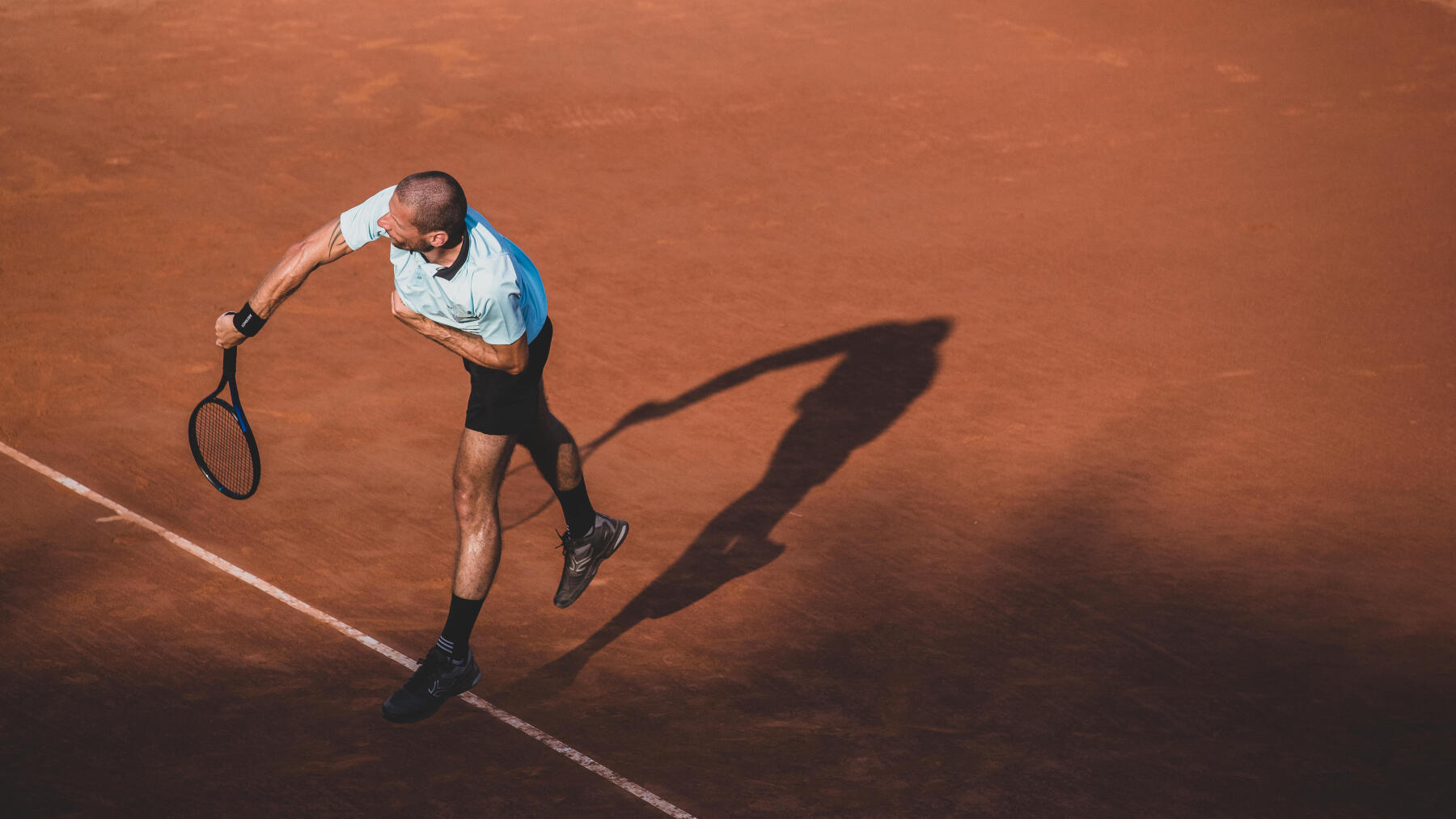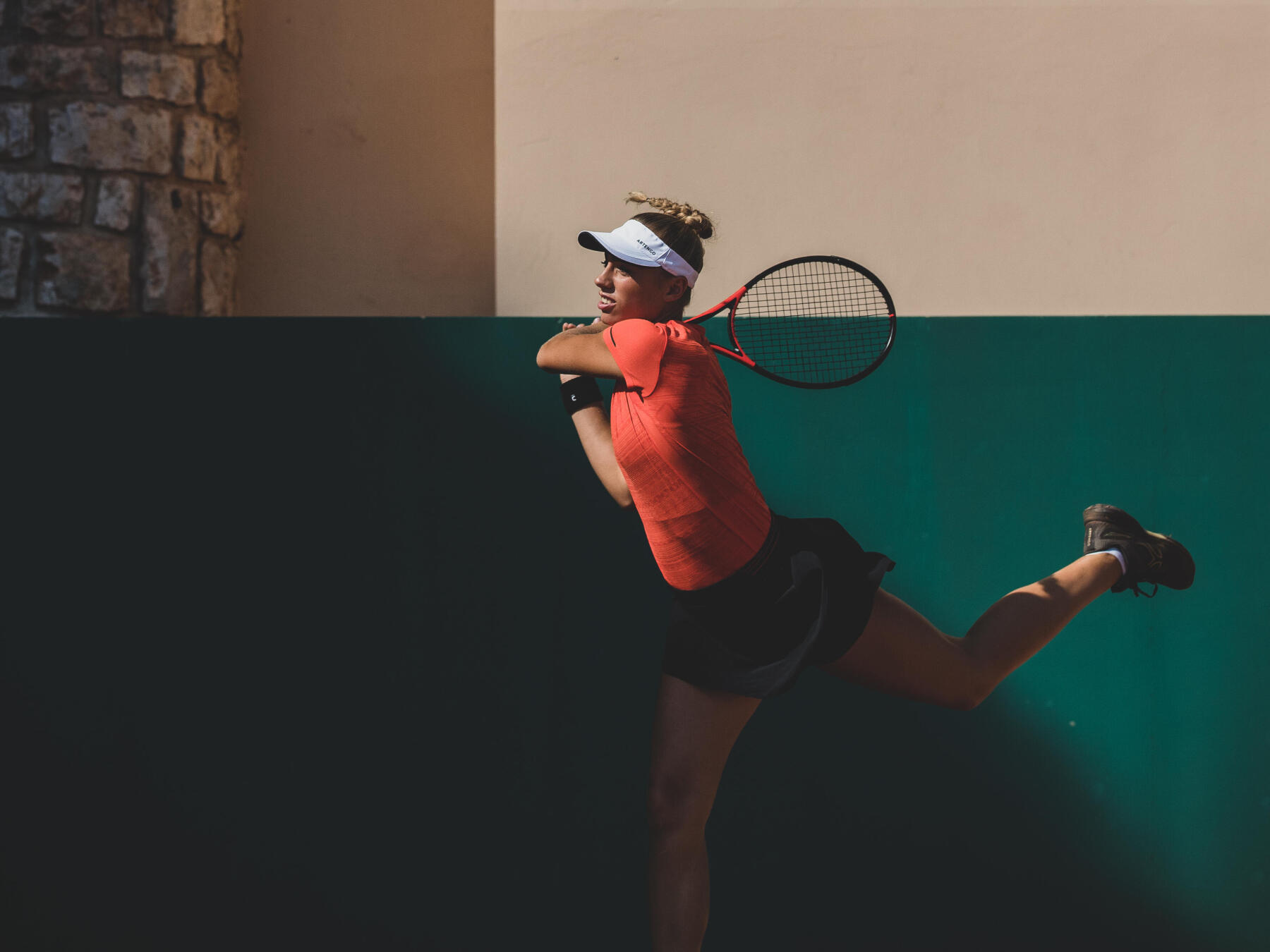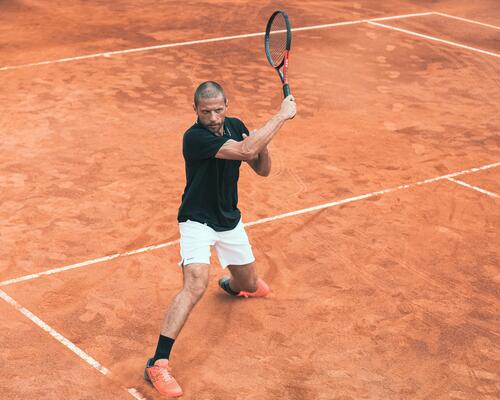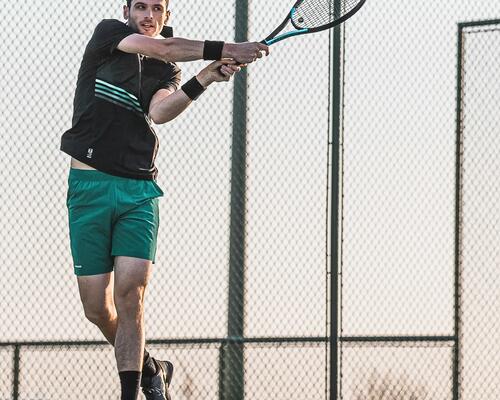Tennis: what is the difference between clay and grass?
There are several reasons for the differences between these two court surfaces:
• The coefficient of restitution of a ball: a ball falling from 1.8 m will bounce up about 1.3 m on a clay court and 1 m on a grass court.
• The coefficient of friction: a ball in play will lose 40% of its speed when it comes into contact with clay.
Because clay is more abrasive than grass, a ball moving at the same speed will lose just 30% of its speed on grass! Because grass is smooth, the ball slides more than it bounces.
On clay, the ball will stick to the surface for a bit longer, and so will gain more spin.
A serve at 190 km/h will bounce 8 km/h slower on clay than on grass. A player's reaction time on grass is 17% slower on the same serve.






